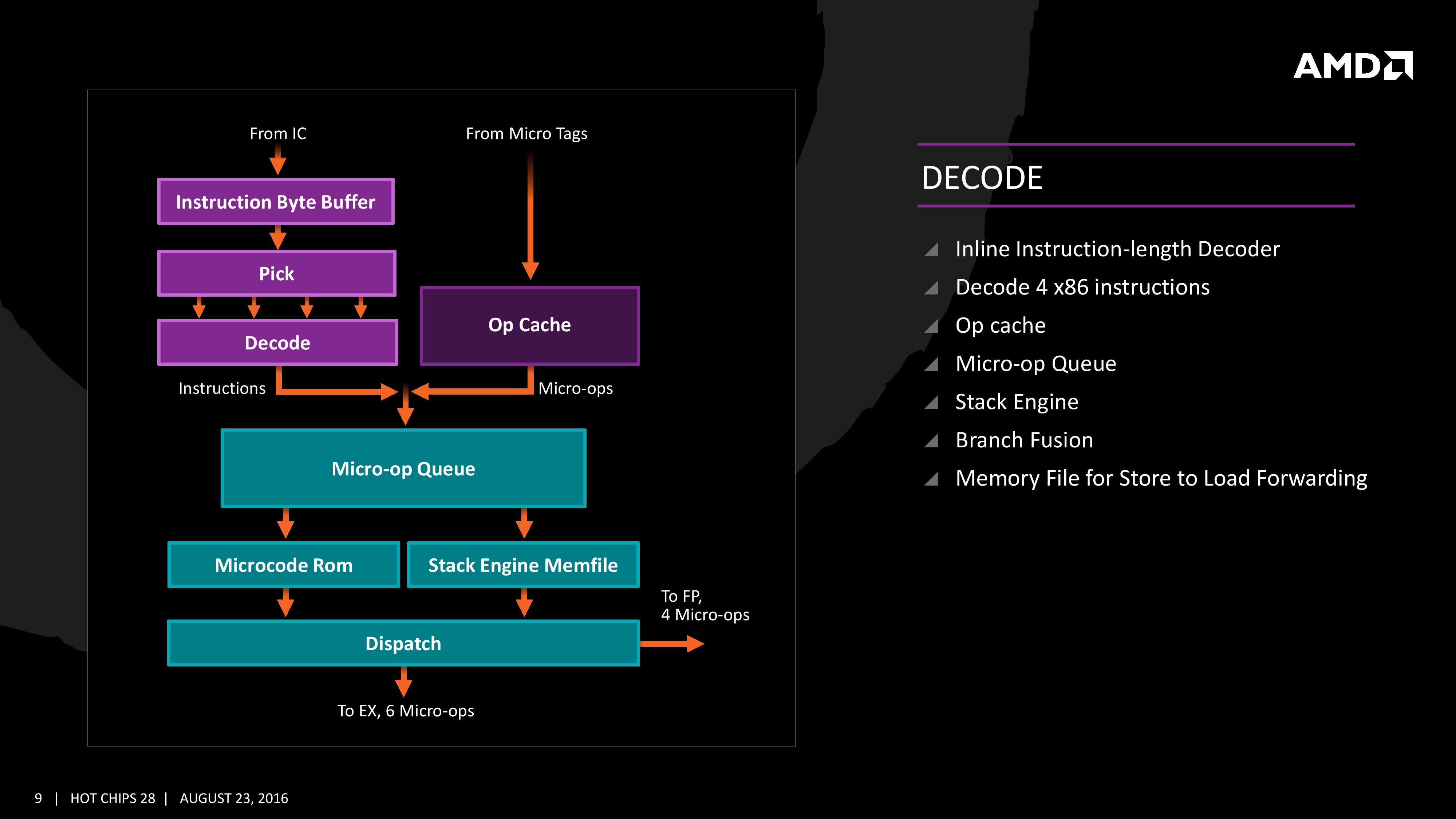IdiotInCharge
NVIDIA SHILL
- Joined
- Jun 13, 2003
- Messages
- 14,675
I'm actually excited about it, to the degree that APUs make sense.
I don't really have a personal use for one, but I can certainly see the uses, and AMD has shown the potential to offer a different mix of mobile performance without notable compromise. We'll see if they can live up to that potential!
I don't really have a personal use for one, but I can certainly see the uses, and AMD has shown the potential to offer a different mix of mobile performance without notable compromise. We'll see if they can live up to that potential!
![[H]ard|Forum](/styles/hardforum/xenforo/logo_dark.png)



